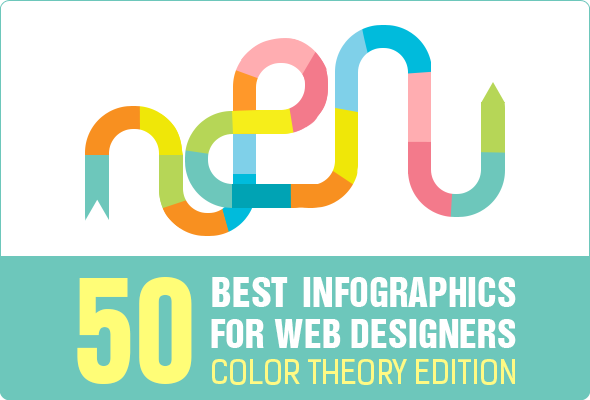The Development Of Internet Site Layout: From Past To Present
The Development Of Internet Site Layout: From Past To Present
Blog Article
Created By-Hartley Trolle
In the past, sites were simple and focused on info. Navigating was direct, and design was for desktop computers. Now, user experience is essential. Data guides designs for simple navigating. Responsive designs fit different tools. Today, dark mode lowers strain, and minimalist food selections improve navigating. Interactive features engage users, and vibrant visuals stand apart. AI combination increases engagement. See just how layout has progressed to boost your on-line journey.
Very Early Days of Web Design
In the early days of web design, simpleness reigned supreme. Websites were fundamental, with limited shades, typefaces, and formats. The emphasis got on providing information instead of showy visuals. Customers accessed the web through sluggish dial-up connections, so speed and functionality were essential.
Navigating menus were straightforward, commonly located on top or side of the web page. Websites were developed for desktop, as mobile browsing wasn't yet prevalent. Content was king, and designers focused on simple readability over complex style aspects.
HTML was the main coding language utilized, and developers had to work within its restrictions. Computer animations and interactive features were very little contrasted to today's standards. Web sites were fixed, with little dynamic content or individualized user experiences.
Surge of User-Focused Design
With the development of website design, a change towards user-focused style concepts has come to be progressively popular. Today, developing sites that focus on individual experience is critical for involving site visitors and achieving organization objectives. User-focused style involves comprehending the needs, preferences, and actions of your target audience to customize the web site's design, material, and features accordingly.
relevant web-site carry out extensive research, such as individual studies and use testing, to gather understandings and responses straight from customers. This data-driven approach aids in creating instinctive navigation, clear calls-to-action, and visually enticing interfaces that resonate with site visitors. By placing the user at the center of the layout process, internet sites can provide a much more customized and delightful experience.
Receptive design has actually likewise emerged as a vital aspect of user-focused style, ensuring that internet sites are enhanced for numerous tools and screen sizes. This flexibility boosts availability and use, catering to the diverse means customers connect with websites today. Fundamentally, the surge of user-focused style represents a change towards developing digital experiences that focus on the needs and assumptions of the end user.
Modern Trends in Website Design
Discover the most up to date fads forming website design today. One famous fad is dark mode style, supplying a sleek and modern appearance while decreasing eye pressure in low-light settings. Another crucial trend is minimalist navigating, simplifying food selections and boosting user experience by concentrating on essential elements. Including micro-interactions, such as computer animated switches or scrolling results, can produce a much more engaging and interactive internet site. Receptive layout continues to be critical, making sure seamless user experiences across different tools. Additionally, utilizing bold typography and asymmetrical layouts can add visual rate of interest and draw attention to particular web content.
Integrating AI technology, like chatbots for customer assistance or customized recommendations, enhances user engagement and simplifies processes. Accessibility has also become a significant pattern, with designers prioritizing comprehensive layout methods to cater to varied customer demands. Welcoming sustainability by optimizing site performance for speed and performance is an additional arising trend in website design. Working together with user responses and information analytics to iterate and boost style continuously is essential for remaining relevant in the ever-evolving digital landscape. By accepting these contemporary trends, you can create an aesthetically appealing, straightforward internet site that reverberates with your audience.
Conclusion
As you assess the development of website layout from the early days to currently, you can see just how user-focused layout has ended up being the driving pressure behind modern patterns.
Embrace the journey of adjustment and adjustment in website design, always maintaining the customer experience at the forefront.
Tippingpointdigital
Remain current with the most recent patterns and modern technologies, and never ever stop advancing your strategy to produce aesthetically stunning and easy to use websites.
Progress, adjust, and create - the future of web design is in your hands.
